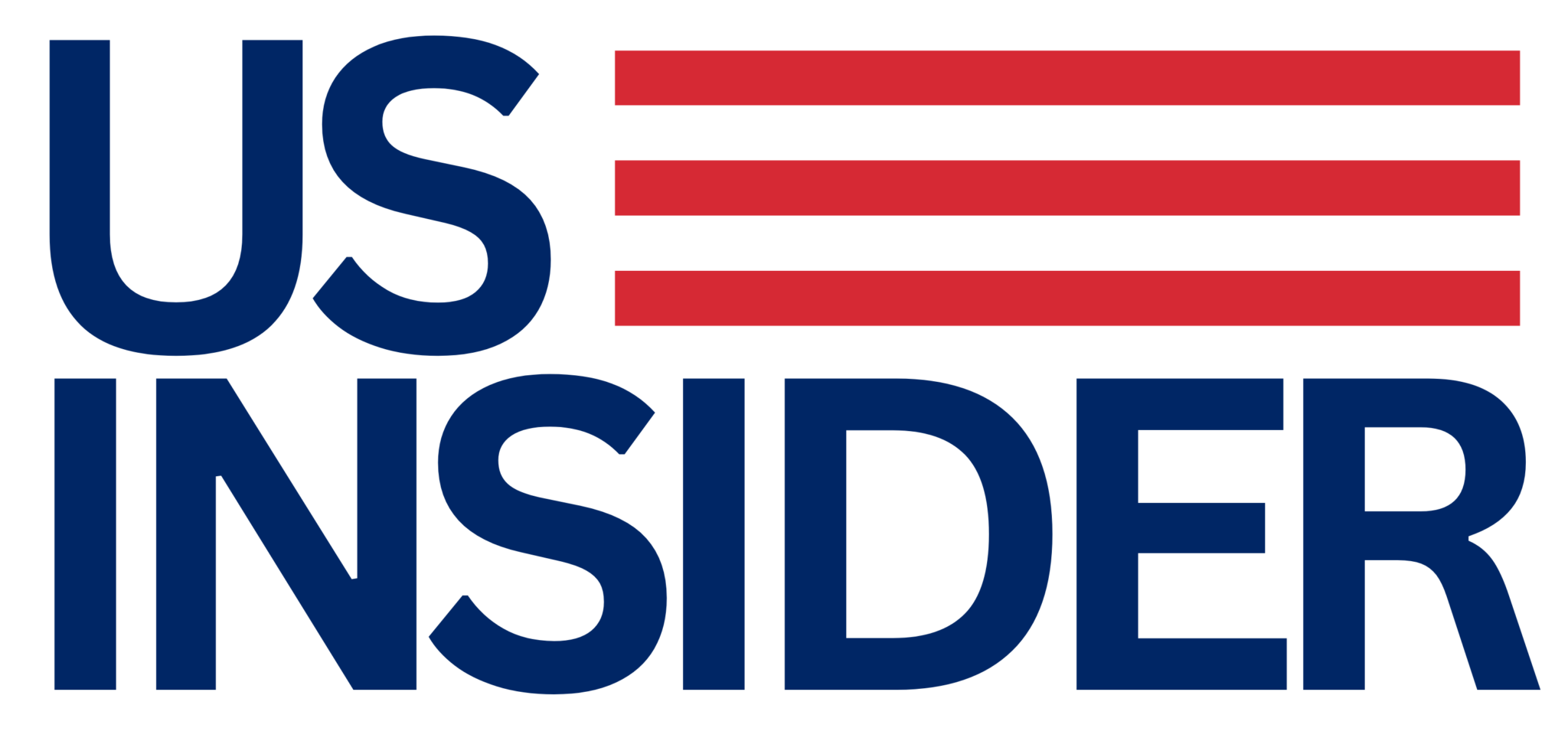While most people understand the importance of saving for retirement, far fewer are actually on track to reach their retirement goals. Overall, The Motley Fool reports that while 67% of Americans have some sort of retirement account, only 34% feel that their savings are on track for expected retirement needs. Even among those aged 60 and up, only 45% feel like their retirement savings are on track.
Saving for retirement can feel overwhelming, but as Ramsey Brock, president of Brock Asset Management, explains, following these tips today may help individuals get their finances on track for the future.
1. Start Early
Brock recommends that individuals start saving for retirement as early as possible, no matter what their age or how much they can contribute to retirement. “The earlier you start saving for retirement, the better you can take advantage of compounding interest,” he explains.
“This allows your money to grow exponentially over time, and the more time your investments accumulate interest, the more they can grow. Something as simple as setting up automatic transfers to your retirement accounts can help put you on track by ensuring that you continually add to your investments.”
Of course, individuals should look for ways to maximize their savings when possible, including by cutting excess expenses or using salary increases to increase their retirement contribution totals.
2. Open an IRA Account
It’s estimated that 30% of taxpayers have some type of IRA account, which are individual retirement funds that offer different tax benefits. Traditional IRAs give contributors a potential tax deduction and tax-deferred growth, while Roth IRAs offer tax-free withdrawals.
Brock recommends that individuals use a target date fund to simplify their IRA investments. “With a target date fund, the allocation of your portfolio is automatically adjusted as you draw closer to your target retirement date,” he explains.
“Your portfolio is more aggressive when you first open it to maximize opportunities for growth. As you get closer to retirement, it becomes more conservative, which may limit potential risks linked to major market disruptions. You don’t have to worry about making these changes yourself, making this a good solution for individuals who prefer a more hands-off approach to investing.”
3. Take Advantage of Employer Matching Programs
Roughly 69% of private industry workers can access an employer-sponsored 401(k). Of those with access to these plans, 75% participate in their employers’ plans. Like an IRA, investing in a 401(k) is a straightforward option that may help individuals save for retirement.
The biggest advantage of a 401(k) is employer matching. Most companies offer matching contributions of 3-6% of the individual’s salary, based on how much the individual contributes to their account. While employer-matched funds are often subject to a variety of vestment rules, individuals who continue to work for the same company essentially get free retirement contributions from their employer.
4. Utilize Catch-Up Contributions If Necessary
For individuals over 50 who didn’t start saving early, catch-up contributions to IRAs and 401(k) plans can help make the difference.
“With an IRA account, individuals over 50 may currently make catch-up contributions of up to a thousand dollars each year,” Brock says. “As always, the earlier you start making these catch-up contributions, the more they will benefit your retirement savings through the power of compounding interest. The ideal scenario would be if you didn’t need to make these contributions in the first place, but if you were unable to for any reason in the past, having this option can be a useful and straightforward tool for getting your retirement accounts more on track.”
It’s worth noting that anyone over age 50 can make these catch-up contributions to their accounts, regardless of how much they’ve contributed in the past. The goal is to compensate for years when earners couldn’t save as much for retirement.
5. Invest Extra Savings In a Brokerage Account
Finally, Brock advises that individuals consider brokerage accounts an additional retirement investment option. “As valuable as IRAs and 401(k) plans are, you are limited in how much you can contribute to them,” he explains.
“Traditional brokerage accounts aren’t tax-advantaged, but they may provide higher returns than if you just left your extra funds in a savings account. These accounts are also more flexible than tax-advantaged accounts, so you can withdraw money if needed for an emergency or to be used for another financial goal. Professional management can help you allocate your investments based on your risk tolerance with minimal account fees.”
Of course, there is no guarantee of returns with a brokerage account. Because of this, Brock recommends that would-be investors carefully evaluate stock and mutual fund options before investing and seek professional input when possible. As with other retirement accounts, automatic withdrawals can make consistent contributions to these accounts easy.
Prepare Now for a Financially Secure Retirement
As Brock’s insights reveal, retirement savings don’t have to be as complicated as it appears. You may achieve financial stability in retirement by automating your retirement savings whenever possible.
Disclaimer: This content is for informational purposes only and is not intended as financial advice, nor does it replace professional financial advice, investment advice, or any other type of advice. You should seek the advice of a qualified financial advisor or other professional before making any financial decisions.
Published by: Khy Talara






